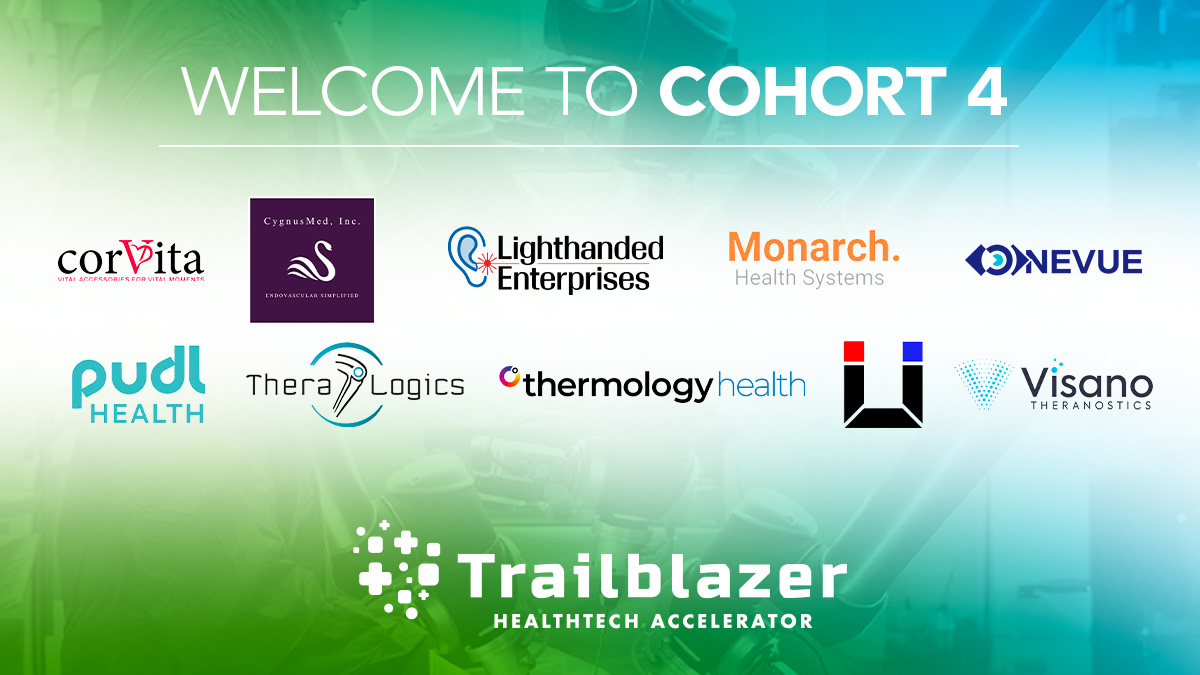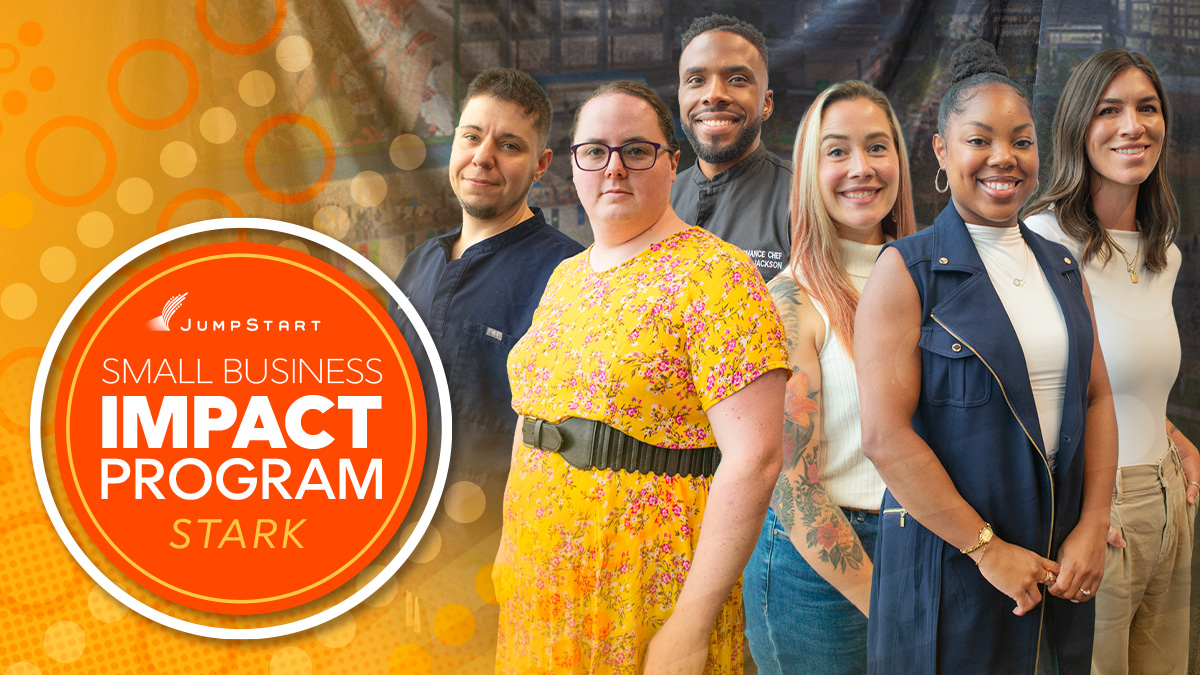As a business founder, that “light bulb” moment is very exhilarating. You’ve seen an opportunity to create a new or improve upon an existing process, product, platform, service or retail environment. And off the top of your head, you aren’t aware of anything else that comes close to being as awesome as what you have just dreamt up.
Congrats! It’s the birth of a new business idea.
Whatever the idea might be, the most important early insight you can have as a founder is to recognize that, no matter how revolutionary or necessary it may seem at first, you’re making A LOT of assumptions. Who your customer is, what problems they are actually experiencing, how big of a problem is this for them, what prevents them from changing to another solution… the list goes on. That’s why customer discovery, a form of market validation that involves gathering feedback from potential customers, is such an important step early in your entrepreneurial journey.
While it’s great to have that first grand vision in your back pocket, don’t get too attached! And don’t start pouring a lot of time, tremendous amounts of money and an intense level of emotional investment into building anything just yet. What you’ve imagined becomes much more actionable from a market validation perspective if you can distill it down to “My customer has THIS problem and would be very excited if they were able to accomplish THIS task differently”.
Market validation is ongoing, and it never really stops. So embrace the process! Even if you aren’t at the very beginning, the earlier you build up and then keep flexing those particular customer feedback muscles, the more you will ensure that your solution represents what your customers actually want and are willing to pay for. And hopefully, the validation process will help save you time, money, and energy in the long run.
That said, here are the top five tips for conducting your first round of customer discovery interviews:
DO NOT mention your idea/invention/solution
This seems counterintuitive at first, because how are you supposed to get feedback on your product or service if you don’t even tell people what it is? It’s surprisingly easy. Right now, your goal is to focus not on the proposed solution, but instead on the problem that your customer is experiencing and the current solutions they are using today. If it’s truly a “hair-on-fire” problem for your customers, and they are not able to sufficiently get around it, they will passionately share insights such as “It would be so much better if I didn’t have to worry about x”, or “If only I had a way to do this”. If you need some ideas on what to ask, check out our Sample Market Validation Questions.
Also, an added bonus: Every business founder thinks at some point “but what if someone steals my idea?”.You shouldn’t be overly concerned about this at any point, but there’s no need to worry about it at all if you’re not even mentioning your potential solution!
always Have a Hypothesis Going In
It’s impossible to test every assumption in one conversation. Before you speak with a specific individual, take stock of which assumptions you are testing in this particular case, as well as what you expect to hear. It’s much more actionable to evaluate what you’ve learned from a perspective of “What I thought I’d hear vs. What I actually heard” versus “Here’s what I’ve learned, now what am I going to do with this information?” The hope is that whatever they are telling you, is what your hypothesis initially stated – and if that happens, you’ve struck customer discovery gold! And if they get to that point without you leading them in any way, even better! But, it’s equally valuable if your potential customer tells you something completely unexpected.
Also, It’s not necessary to remember every word that was said. It’s far more important to be able to describe a few main takeaways. Three pages of notes are far too many – a three-bullet-point summary of what you learned will be much easier for you to compare with other responses over time. If you’re having trouble deciding which assumptions/hypotheses you should focus on testing first, check out our Building a Value Proposition Statement Guide.
Emphasize current and past behavior over future behavior
People are notoriously bad at predicting their future behavior. Not to mention, there’s usually a pretty large gap between what people say they will do vs. what people actually do. In general, no matter who you’re talking with, they’re likely much better at telling you about what they are currently doing or what they’ve already done or tried. So focus your questions around these topics. If you probe further, you can probably also learn what they like or what works with these solutions, as well as what they wish was different. Either way, stick to asking about current and past behaviors and your insights become immediately more valuable.
Show some weakness
A customer discovery conversation is many things, but a sales pitch is NOT one of them! You don’t need to appear as the utmost expert in whatever industry or space you are focusing on. In fact, showing that you don’t have all the knowledge you need just yet and that you really just want to learn, is a great way to get people to let their guard down about talking with you and sharing their thoughts. Flattery also helps!
To go more in-depth on the effectiveness of showing some weakness or vulnerability, the great two-hour read The Mom Test by Rob Fitzpatrick dives in on this and many other aspects of talking to your customers.
Embrace the “see what happens” mindset
If your mindset going into each interview is “let’s see what happens”, the moment you reach out to the person, you will always succeed in seeing what happens next! If that something happens to be that person turning you down, or simply ignoring your message, so be it! Onto the next.
Even at this early stage, customer discovery is a great stand-in for what it will be like to fill your sales funnel and eventually execute on your early go-to-market strategy.
Remember, the earlier you can start talking with potential customers, the better. Never stop flexing those customer discovery muscles. And happy validating!






